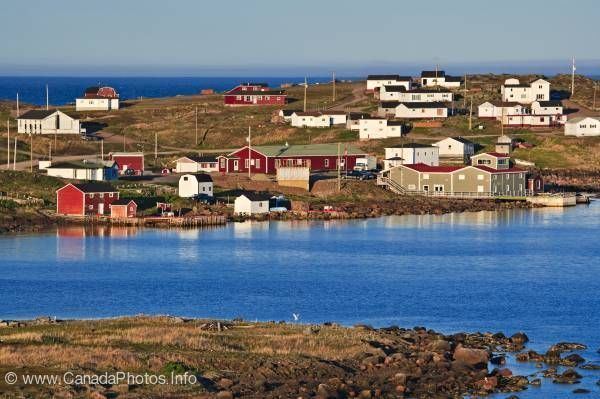Type Cultural Area 158 ha Local time Sunday 2:49 AM | Area code(s) 709 Elevation 10 m Population 227 (2006) | |
 | ||
Time zone Newfoundland Time (UTC-3:30) Official name Red Bay Basque Whaling Station Weather -16°C, Wind W at 19 km/h, 62% Humidity | ||
Red Bay is a fishing village and former site of several Basque whaling stations on the southern coast of Labrador in the Province of Newfoundland and Labrador, Canada. Between 1530 and the early 17th century, Red Bay was a major Basque whaling area. The site is home to three Basque whaling galleons and four small chalupas used in the capture of whales. The discovery of these vessels makes Red Bay one of the most precious underwater archaeological sites in the Americas. Since June 2013 it is a UNESCO World Heritage Site.
Contents
Map of Red Bay, NL, Canada
Geography
Red Bay is a natural harbour residing in the bay that gives it its name, both names in reference to the red granite cliffs of the region. Because of the sheltered harbour it was used during World War II as a mooring site for naval vessels. In the bay are Penney Island and Saddle Island, which were used by the Basques for their whaling operations. The location of the sunken vessel San Juan is near Saddle Island.
History
Between 1550 and the early 17th century, Red Bay, known as Balea Baya (Whale Bay), was a centre for Basque whaling operations. Sailors from southern France and northern Spain sent 15 whaleships and 600 men a season to the remote outpost on the Strait of Belle Isle to try to catch the right whale and bowhead whales that populated the waters there, according to Memorial University of Newfoundland.
In 1565, a ship—believed to be San Juan—sank in the waters off Red Bay during a storm. Other, smaller vessels, such as chalupas, have also been recovered from the waters.
Another galleon was found 25–35 feet below water in 2004. It was the fourth trans-oceanic ship to have been found in the area.
A cemetery on nearby Saddle Island holds the remains of 140 whalers. Many of the people buried there are thought to have died from drowning and exposure.
Historians believe that a decline in whale stocks eventually led to the abandonment of the whaling stations in Red Bay. Today, an interpretive centre in Red Bay explains the history to visitors.
Local legends of Red Bay make reference to a hidden treasure buried in a body of water known as Pond on the Hill 51°43′43″N 56°26′56″W at the foot of Tracey Hill by the infamous pirate Captain William Kidd. An attempt was made to find the treasure by residents of Carrol Cove by draining the pond. The attempt had failed.
Red Bay has been designated a National Historic Site of Canada, and since 2013 it is one of seventeen Canadian sites added to the UNESCO World Heritage List.
Demography
Source: Statistics Canada 2001 CensusTourist attractions
Basque whaling station on Saddle Island. The location of the sunken vessel San Juan (1565) is near the wreck of the Bernier, which grounded in 1966.]]
Mystery
Red Bay has a little known legend about the ghost of a man who drowned in a lake or pond somewhere in the western forests. The story goes that a man got into a fight at a bar and was knocked unconscious. The other man in the fight, fearing that he killed the man and would be punished for murder, took the unconscious man to a secluded pond, somehow got to the center of the pond, and got rid of the man, unaware that he was still alive, but not for long. The man drowned, and it is said that his ghost wanders at night, leaving bloody clothing for travelers who venture into the woods to show them how he died- bloody, senseless, and a fool. Reports have been made of marks made on the sand, as if something had dragged something, or someone, out of the water. A hiker said that he found a bloody shirt sleeve tied to his hiking pack one night. Locals argue on the matter, and most are suspicious that the so-called haunting is merely pranksters taking advantage of tourists.
